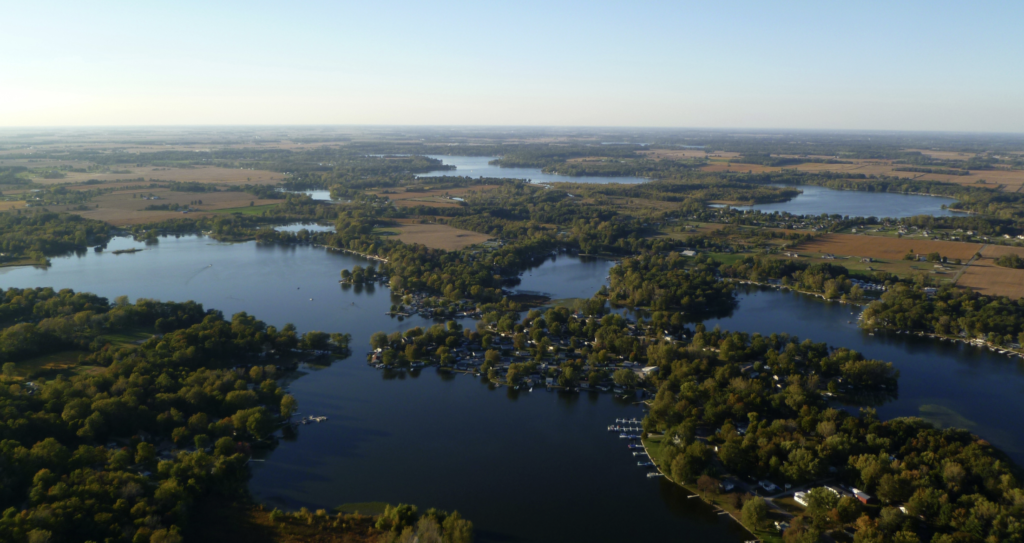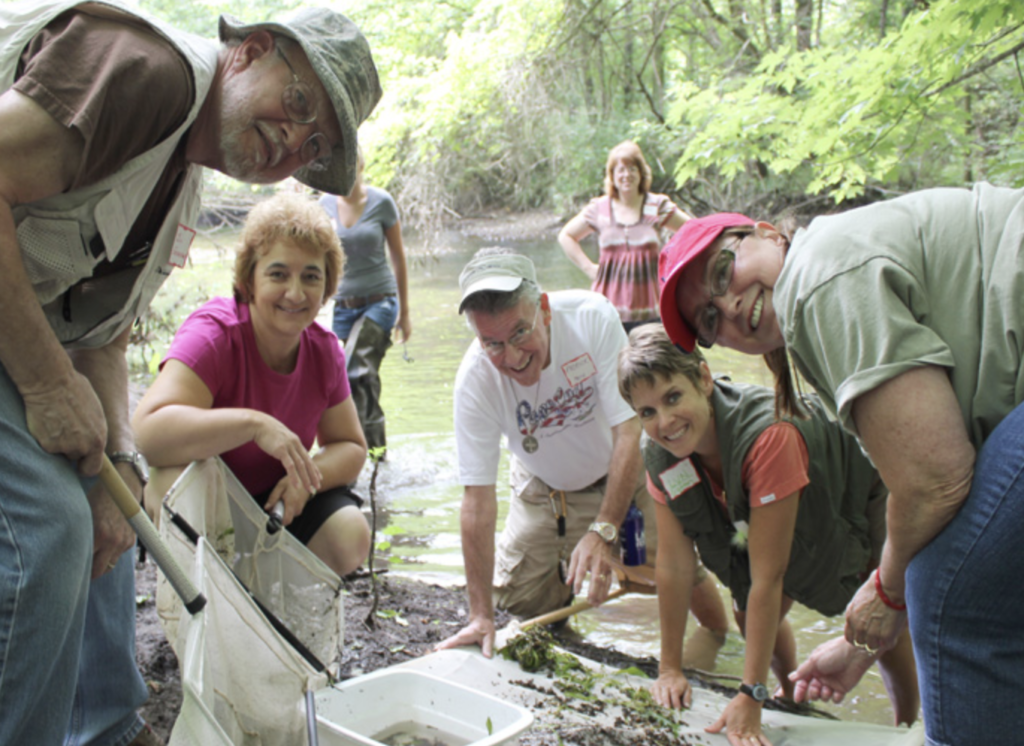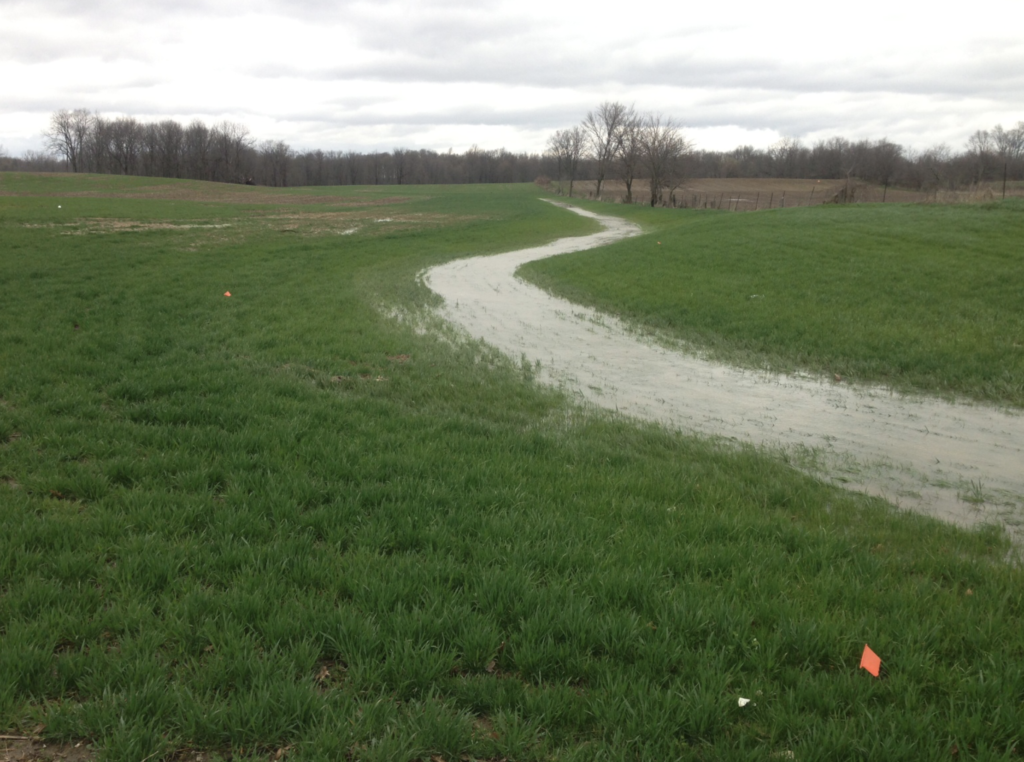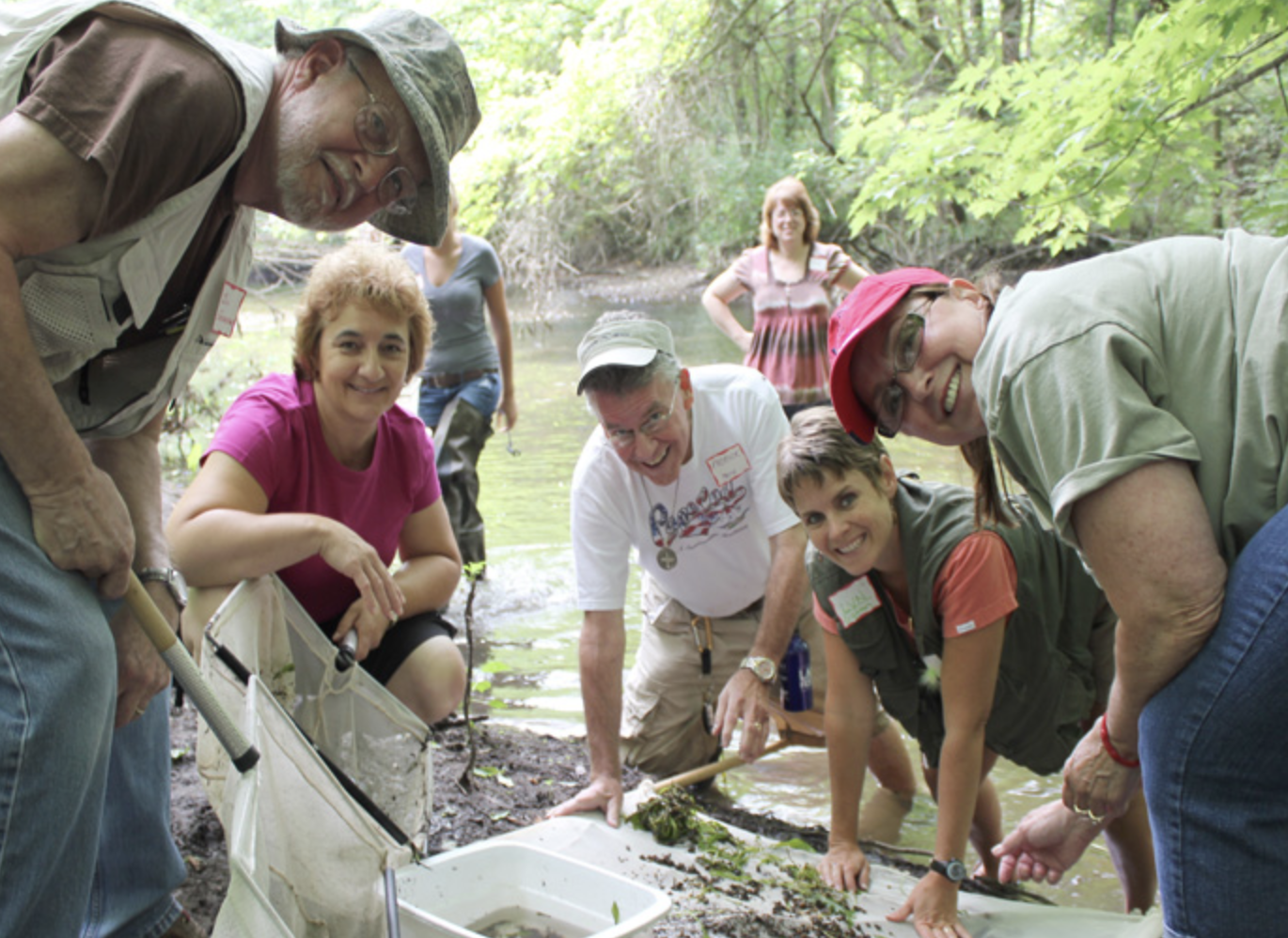North Webster Organization Seeks to Improve Lake and River Water Quality
Writer / Julie Yates
Photography Provided
The Watershed Foundation (TWF) in North Webster is celebrating its 25th anniversary this year. Founded in 1997 by concerned residents of Lake Tippecanoe, its goal is to protect and improve the water quality of the entire Upper Tippecanoe River Watershed, which includes 236 square miles and more than 60 lakes.
A watershed is the land that water, from melting snow or runoff, flows over when it drains into bodies of water such as creeks, streams, rivers, and eventually lakes and oceans. As the water moves over the land, it picks up pollutants. To prevent water pollution, the health of soil must be addressed since it is the source of contaminants, toxins and chemicals that eventually make their way into the lakes.
Lyn Crighton, executive director of TWF, has many family memories that involve Lake Tippecanoe. They instilled in her a love of the lakes which led her to study lake management at Indiana University. She wants to make sure protections are put into place so future generations can continue to experience what she did.
My best memories are from Lake Tippecanoe, she says. My grandparents had a lake cottage there when I was little. My parents met at the lake. I met my husband and got married at the lake. I went to college intending to be in business management, but discovered that IU had lake management.
Crighton feels that lakes are protected by educating people on how their behaviors affect the environment. Funding must be provided to ensure that better choices are made. TWF has a three-pronged approach for this including partnerships, solution implementation and public education.
Everything we do, we do with partners, Crighton says. Its the partnerships that make us successful. Our biggest partners are farmers, since most of the watershed is made up of surrounding farms. We direct them to grants, funding, and share the cost to help them reduce the risk of trying something new.
New practices might involve changing equipment. No-till farming could be instituted where a drill, not a tractor, is used to plant seeds. Natural tilling comes about when a cover crop is in place year-round and the deep roots break up the soil. The constantly growing vegetation prevents erosion and improves the health of the soil, which results in a better crop.
When farmers talk to other farmers, they are more willing to listen, Crighton says. There is the saying, Dont farm naked. After harvesting corn or soy beans, oats can be planted and grown all winter until planting time in the spring. Another aspect is getting farmers on board with waste management by keeping livestock fenced out of streams.
One program supported by TWF is the Healthy Shorelines Initiative. It educates and changes lakefront residents expectations and acceptance of what a shoreline should look like. During the 1950s, many concrete sea walls were put up to act as dams along private lakefront property.
The walls actually made the water muddy by stirring up the rocks when the waves hit the concrete surface, Crighton says. The Healthy Shoreline program utilizes native plants and glacial stones to dissipate and reduce lake energy. The plants deep roots infiltrate the water and discourage geese. The geese create a mess and are a public health problem. The plants prevent them from seeing the horizon, which makes them nervous because of predators.

Clear Choices Clean Water is a program created in Indiana and it has been adopted nationwide. It educates and engages adults and youth to understand what they can do for the health of water regardless of where they live. Kids can sign up to be Clean Water Superheroes and are encouraged to take pledges such as a commitment to pick up bottles, plastics and pet droppings.
This September will mark the sixth year that TWF will sponsor Snapshot Water Monitoring Day. Volunteers collect water samples at 100 different sites and then a map of the water quality is created on that day. Members of the community and local students learn how to measure water for oxygen levels, pH, temperature and E. coli.
There are simple things anyone can do to make a difference, Crighton says. We have a big, complicated ecosystem. Our community values our water resources and they know the lakes are special, but they tend to take them for granted. If we dont take care, our lakes could die. We want to take care of them for today and future generations.
The Watershed Foundation is located at 301 North Main Street in North Webster. For more info, call 574-834-3242 or visit watershedfoundation.org.










